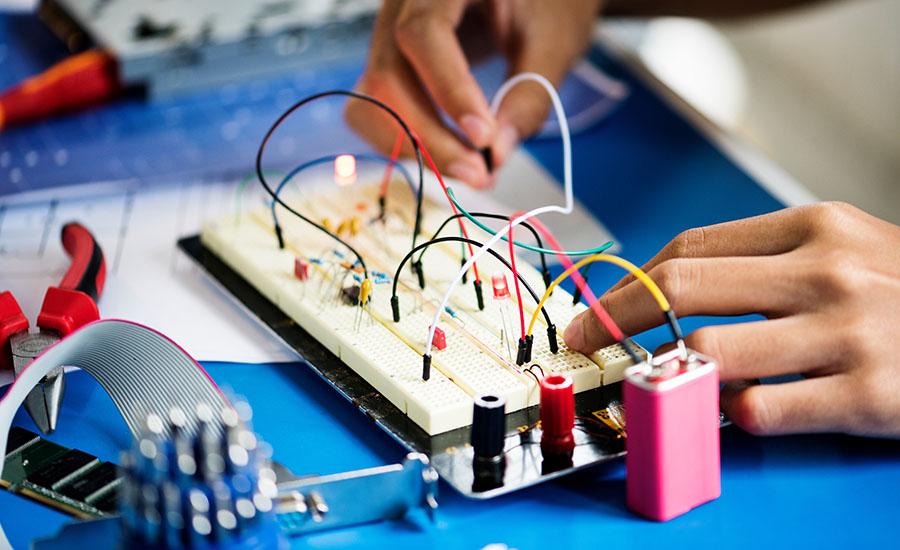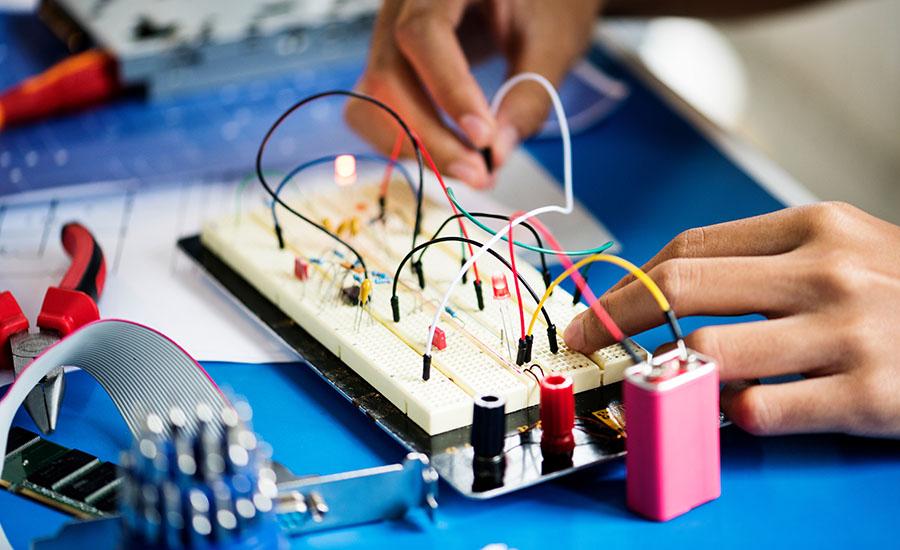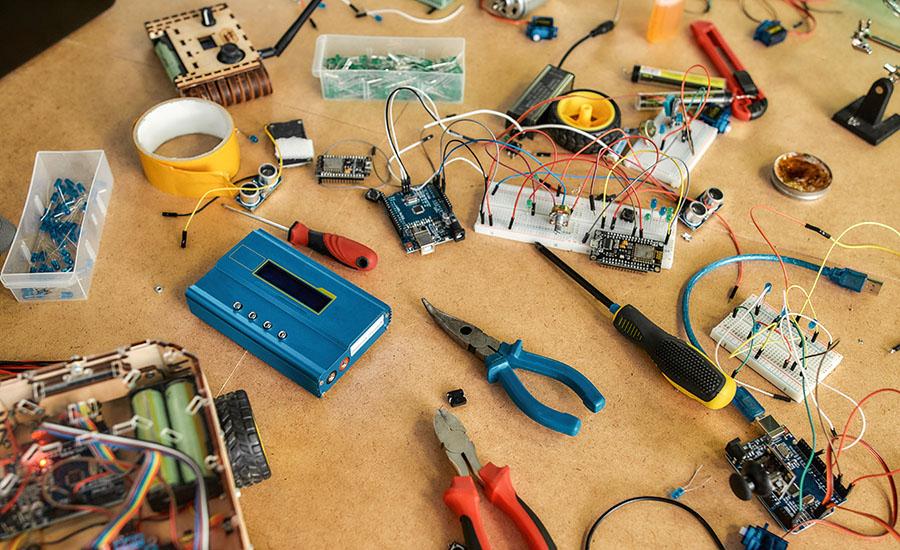
Clever Scientist: Electric Circuits
by Ana Ramirez
This STEM lesson is designed to explore electrical circuits and engage in a hands-on activity to create, label, and identify the differences between parallel and series circuits.
Students will develop and use a model that explains how energy is moved or transferred from place to place through electric currents. While they construct circuits to create electricity, they will be analyzing, collaborating and communicating effectively with their partners to complete an engineering design challenge. At the end of this unit, students will be able to independently identify complete and incomplete circuits, suggest ways to fix incomplete circuits, identify parts of a circuit, and create a circuit.
Lesson Grade Level
4th GradeLesson Plan Link/URL
https://docs.google.com/presentation/d/19lO67saEwWZ_hwYn7mUx7xefvg0TlUWnw3aJp_9…Subject Area
Science Physical Science P4: Energy Transfer Engineering S2: Apply the Engineering Design Process S4: Apply Science to Engineering Mathematics Measurement and Data (MD) English Language Arts (ELA) Reading (Informational Text) Writing Speaking & Listening
Featured
Off
Related Content

Grades:
5th Grade
In this lesson students will explore engineering skills in the construction of hot air balloons. They will test their creations to see if they will fly/float and make adjustments if needed.

Grades:
4th Grade, 5th Grade
Students will be working with creating series and parallel circuits. Students will gain an understanding of the components used to create circuits and how circuits function in our everyday lives.

Featured
Parachutes - Air Resistance
Grades:
6th Grade, 7th Grade, 8th Grade
This middle school lesson covers the concept of air resistance. Students work in teams of 3 with a list of materials to design, build, and test 3 parachutes that will maximize the air resistance of a